Buyeo Muryangsa Temple (무량사(부여))
11.9Km 2021-11-12
203, Muryang-ro, Buyeo-gun, Chungcheongnam-do
+82-41-836-5066
Muryangsa Temple, located at the foot of Mansusan Mountain in Buyeo-gun, Chungcheongnam-do, is said to have been built during the reign of Silla King Munmu by national preceptor Beomil. Geungnakjeon Hall can be seen after passing through Sacheonwangmun Gate, recognizably the best location for taking in the beauty of Muryangsa Temple. The temple grounds hold the Two-story Geungnakjeon Hall, Five-story Stone Pagoda, and Stone Lantern, all in a row.
The temple is also famous for being the place where Kim Siseup, one of the Saengyuksin (Six Loyal Subjects of the Joseon dynasty), spent his last few days before death. Visitors can see his portrait inside the temple. Although the temple site is included in Buyeo-gun’s administrative district, it is located closer to downtown Boryeong.
Alps Village (알프스마을)
12.3Km 2024-02-23
223-35 Cheonjangho-gil, Jeongsan-myeon, Cheongyang-gun, Chungcheongnam-do
Chilgapsan Mountain, often referred to as the Alps of Chungcheongnam-do, rises majestically above Alps Village. Located in Cheonjang-ri, a name that evokes the imagery of reaching as high as the ceiling, this village is a getaway to the serene Cheonjangho Lake, together forming the picturesque Cheonjang-ri Alps Village. The area is well-equipped for visitors, boasting the Chilgapsan Mountain hiking trail, Korea's longest suspension bridge that crosses Cheonjangho Lake, a center for urban-rural community exchange, and a farm offering well-being experience. Alps Village is renowned for its annual Ice Fountain Festival, a winter highlight that draws visitors eager to behold the snow and ice sculptures and participate in a variety of sledding and ice bobsled activities. Beyond these chilly thrills, visitors can also engage in experiences like zip trekking and crafting traditional bottle gourd art.
Seongjusan Recreational Forest (성주산자연휴양림)
12.5Km 2022-12-27
57-228, Hwajanggol-gil, Boryeong-si, Chungcheongnam-do
+82-41-934-7133
Seongjusan Recreational Forest in Boryeong, Chungcheongnam-do is especially popular in spring because of its cherry blossoms and beautiful wildflowers. Also, the observatory 100 meters below the mountain peak (680 meters in elevation) offers a great view of Seongju-myeon and Oesan-myeon. Roundtrip hike to the peak takes approximately 2-3 hours.
Nearby tourist attractions include the Seongjusaji Temple site and a coal museum (15 minutes on foot), as well as Daecheon Beach and Muchangpo Beach (20-30 minutes by car).
Cheonjangho Lake (천장호)
12.6Km 2025-01-13
24-23, Cheonjangho-gil, Cheongyang-gun, Chungcheongnam-do
82-41-940-2723
Cheonjangho Lake is situated on the ridge of Chilgapsan Mountain about 11 kilometers away from the Chilgapsan Recreational Forest. This is reservoir of 1,200 hectares and is used to irrigate nearby farm land. Construction began in 1972 and took seven years to complete. The lake boasts clean water and an outstanding surrounding landscape. When it comes under fog or clouds, it creates a scenic view against the Chilgapsan Mountain landscape. In early spring, smelts are caught in abundance, drawing a growing number of tourists and anglers.
Cheonjangho Suspension Bridge (천장호 출렁다리)
13.1Km 2024-02-23
24 Cheonjangho-gil, Jeongsan-myeon, Cheongyang-gun, Chungcheongnam-do
Built in 2009, this emblematic suspension bridge of Cheongyang stretches a total of 207 meters. Its most striking feature is a 16-meter-high main tower in the middle, ingeniously crafted to resemble Goji berries and red peppers, Cheongyang’s proud local produce. Below it is a narrow 1.5-meter-wide, 20-meter-long bridge, which starts to sway subtly both vertically and horizontally, offering a gentle thrill to whoever walks on it. This bridge is engineered to swing up to 30 to 40 centimeters, adding to the excitement of the crossing. Upon reaching the other side, visitors are greeted by an observatory and a trail leading up to Chilgapsan Mountain. For those who prefer a less strenuous journey, a leisurely stroll around Cheonjangho Lake towards Hwangnyongjeong Pavilion is a delightful alternative. The lake, overarched by the suspension bridge and nestled at the foot of Chilgapsan Mountain’s eastern reaches, presents a spectacular vista, rightfully counted among Cheongyang's most celebrated sights. The hiking trail ascends to the top of Chilgapsan Mountain, offering yet another perspective to appreciate the beauty of Cheonjangho Lake, the Cheonjangho Suspension Bridge, verdant forests, and charming valleys. An especially unique experience is visiting the Cheonjangho Suspension Bridge at night when it’s aglow, revealing a mesmerizing nocturnal allure.
Hongseong Jeongamsa Temple (정암사 (홍성))
13.9Km 2021-03-12
652, Oseo-gil, Hongseong-gun, Chungcheongnam-do
+82-41-641-0488
Jeongamsa Temple is a small rural temple situated halfway up Oseosan Mountain. There are few existing records that mention the temple’s beginning. Some suggest that it was built around AD 527 during the 5th year of Baekje King Seongwang’s reign, but there is little evidence to support this theory. The only reference alluding to a specific time is Yeojidoseo ("Detailed Survey of Korean Geography" published during the late Joseon dynasty). It states Jeongamsa Temple's location as on Oseosan Mountain, and Oseosan Mountain being surrounded by Hongsan Mountain and Baegwolsan Mountain and intersected by Hongju, Gyeolseong, and Boryeong. This indicates the temple was recognized in the mid-18th century and around the same time, Garamgo (a book about temples, published in the late 18th century) also states that Jeongamsa Temple is located approximately 11 kilometers to the east of Gyeolseonghyeon. It is still uncertain whether the temple referred to is Jeongamsa Temple on Oseosan Mountain.
Some foundation stones within the temple site measure 70-80 centimeters on each side. These stones indicate that the old Buddhist shrine of Jeongamsa Temple was laid out with five kan (Korean unit of measurement indicating the space between two pilars) at the front and three kan on the side. Future archaeological studies will help identify the true history of Jeongamsa Temple.
Gaehwa Art Park (개화예술공원)
14.3Km 2021-05-24
673-47, Seongjusan-ro, Boryeong-si, Chungcheongnam-do
+82-41-931-4613
Situated in Boryeong, the spacious Gaehwa Art Park is a theme art park that houses a variety of parks and attractions: to name a few, Mosan Fine Arts Museum, Birim Park, Yukpilsi Park, Hwain Music Hall, and Herb Land. The orange roof of Mosan Fine Arts Museum was made by using local stones. At Yukpilsi Park, visitors can see over 1,500 sculptures, statues and monuments as well as large stones inscribed with famous Korean poems. At Herb Land, visitors can enjoy dining. Throughout the park, visitors can see seven different ponds, waterfalls, and walking trails as well as animals such as deer, rabbits, and ducks roaming freely.
Tommy Hilfiger - Lotte Buyeo Branch [Tax Refund Shop] (타미힐피거 롯데부여)
15.3Km 2024-04-17
387, Baekjemun-ro, Gyuam-myeon, Buyeo-gun, Chungcheongnam-do
-
Crocs - Lotte Buyeo Branch [Tax Refund Shop] (크록스 롯데부여)
15.3Km 2024-04-19
387, Baekjemun-ro, Gyuam-myeon, Buyeo-gun, Chungcheongnam-do
-
Shesmiss - Lotte Buyeo Branch [Tax Refund Shop] (쉬즈미스 롯데부여)
15.3Km 2024-04-22
387, Baekjemun-ro, Gyuam-myeon, Buyeo-gun, Chungcheongnam-do
-
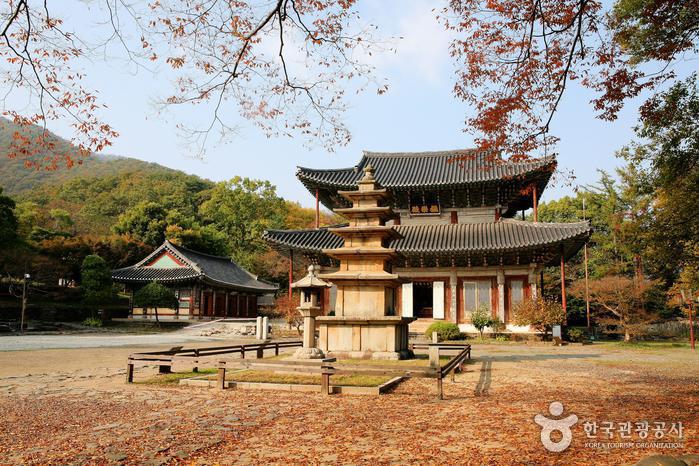
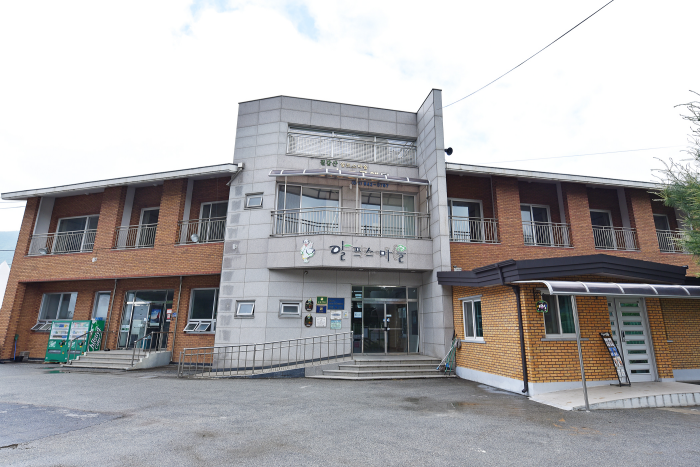
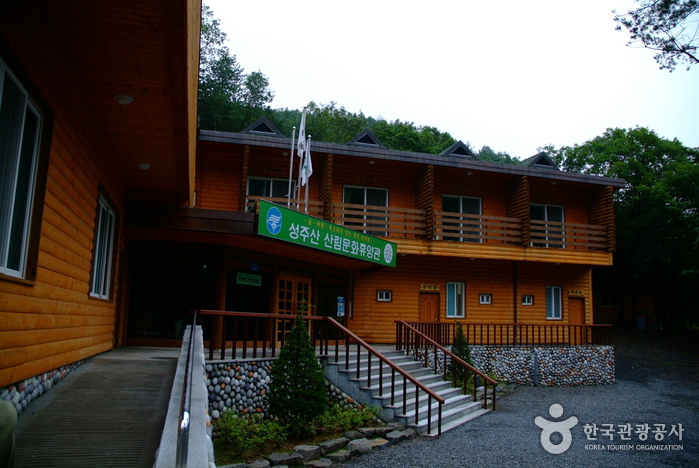
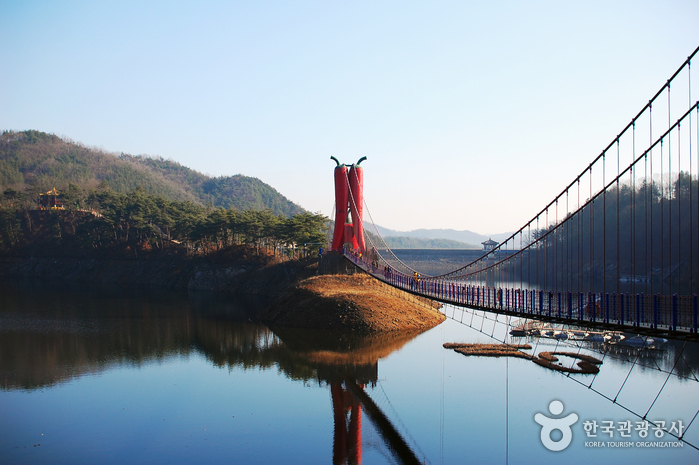

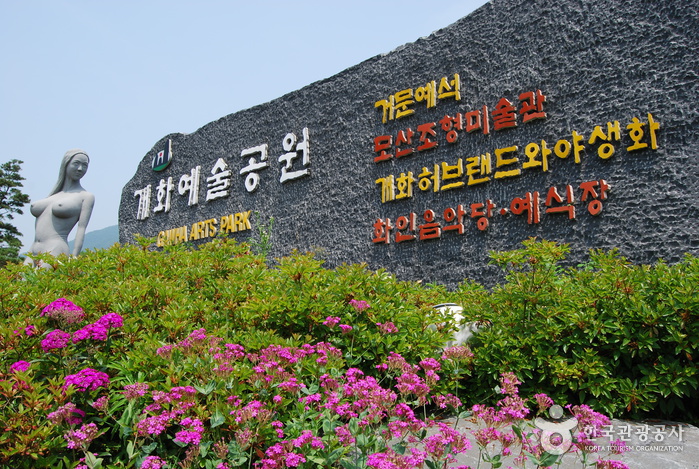
![Tommy Hilfiger - Lotte Buyeo Branch [Tax Refund Shop] (타미힐피거 롯데부여)](http://tong.visitkorea.or.kr/cms/resource/57/2883357_image2_1.jpg)
![Crocs - Lotte Buyeo Branch [Tax Refund Shop] (크록스 롯데부여)](http://tong.visitkorea.or.kr/cms/resource/61/2883361_image2_1.jpg)
![Shesmiss - Lotte Buyeo Branch [Tax Refund Shop] (쉬즈미스 롯데부여)](http://tong.visitkorea.or.kr/cms/resource/69/2883369_image2_1.jpg)
 English
English
 한국어
한국어 日本語
日本語 中文(简体)
中文(简体) Deutsch
Deutsch Français
Français Español
Español Русский
Русский